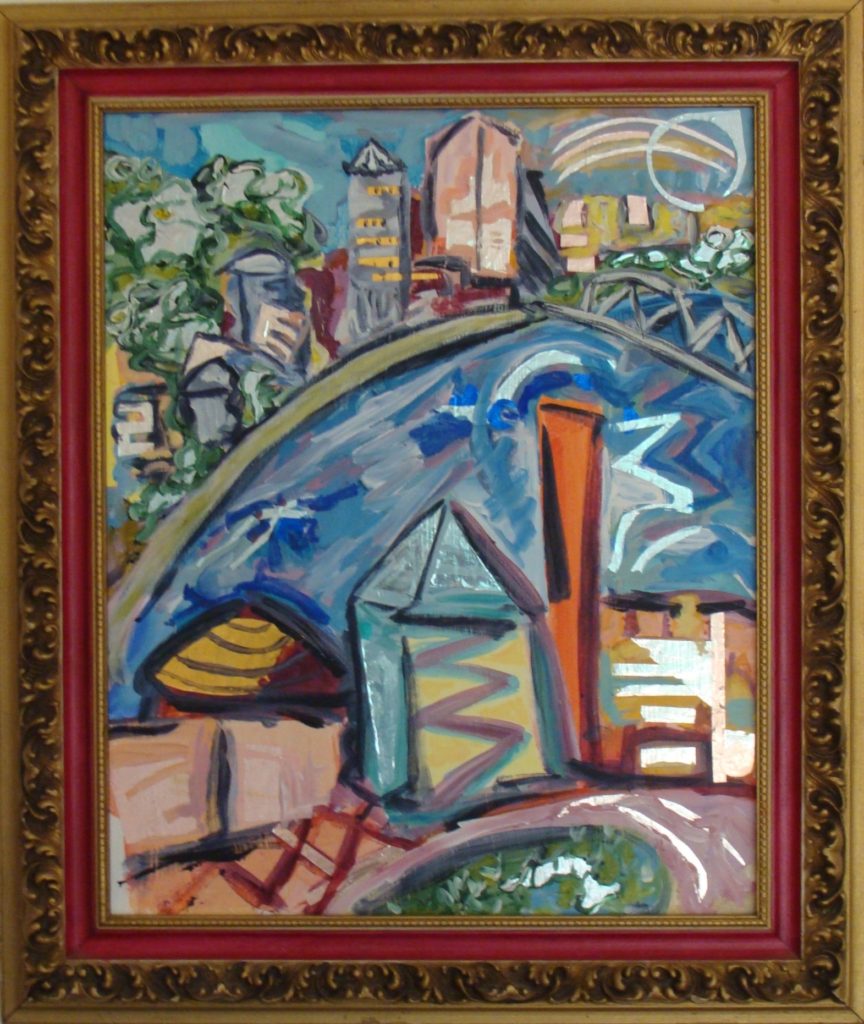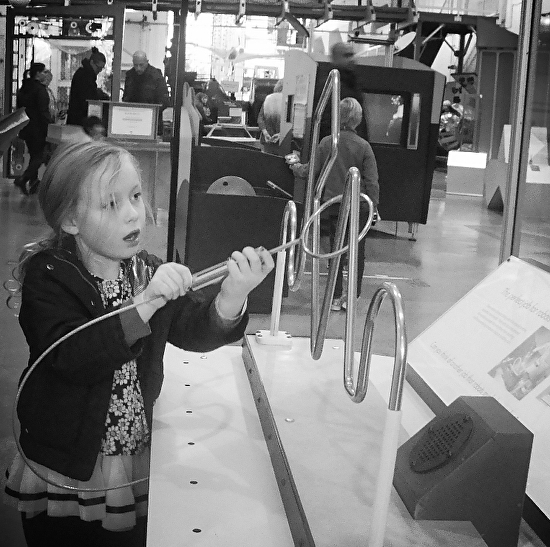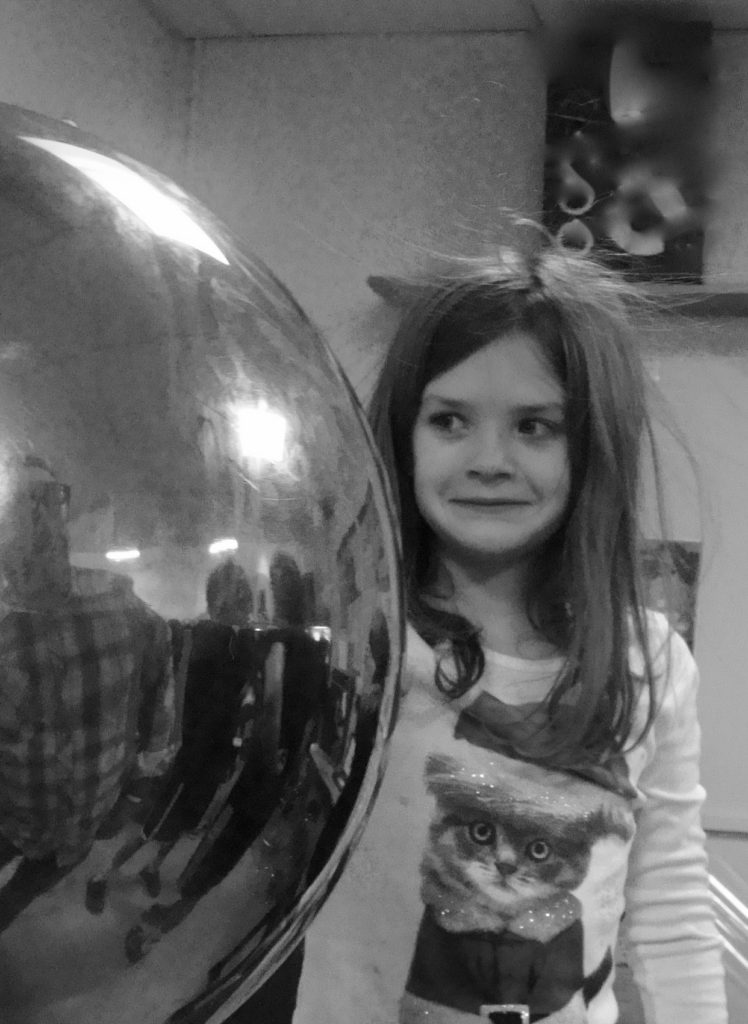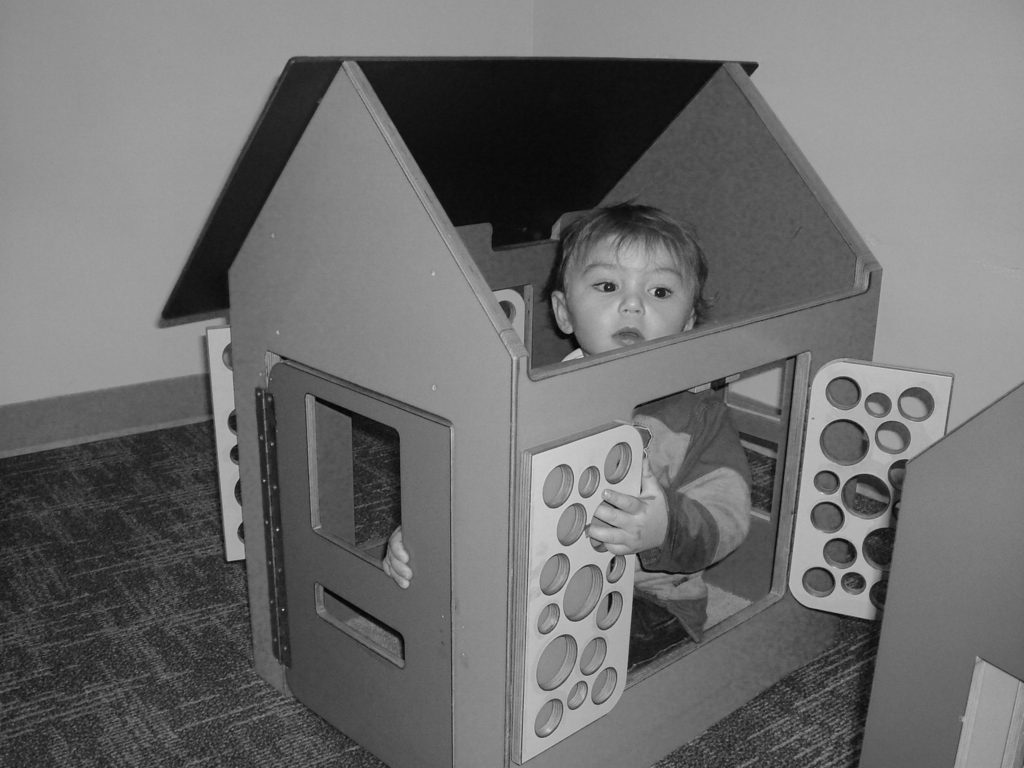
Oregon Museum of Science and Industry
Starting a museum in my home inspired me to a career managing science museums. Since Covid-19 makes it difficult for children to explore them at will, it may be time to think about doing something similar for your young ones.
Home with Kids?
Taking care of children is not easy at any time but with school closed and unlikely to reopen full time in September it is a particularly stressful time for parents. Those who work from home balance schedules with frequent interruptions that vary from, ” I’m bored,” to ” I scraped my knee and it’s bleeding,” to ” Gillie stole my green nail polish and won’t give it back. She’s impossible. You’ve got to punish her.”
A system that helped me when four rowdy children were under foot was to turn a part of the house into a children’s museum. I was fortunate to have a basement play room, but a child’s bedroom can work just as well. According to The American Association of Children’s Museums, “A children’s museum is defined as an institution committed to serving the needs and interests of children by providing exhibits and programs that stimulate curiosity and motivate learning.”
That definition fit the way my husband and I arranged furnishings when the children were young. We lived quite a distance from a hands-on museum, which is why we decided to convert our home into one. The main challenge was one of organization, so I applied a hybrid Montessori method to our basement playroom.
Maria Montessori, a 19th century physician turned educator, developed Casa dei Bambini, a school for low-income children in Italy. As she experimented with curriculum and classroom design “she began to see independence as the aim of education and the role of the teacher as an observer and director of children’s innate psychological development.” Dr. Montessori believed young children were sensitive to order, enjoyed repetitive activities and were happiest doing practical things. She developed a kid-sized environment where materials were within a child’s reach and could easily put back when the child finished with then. Over the years many sophisticated materials were designed to be used by teachers specifically trained in Montessori methodology. The well crafted materials are quite expensive and made to withstand use by hundreds of children. Over the last twenty-five years, toy manufacturers duplicated most Montessori materials and made them available to parents at more reasonable prices.
I did not have the training or money to set up a Montessori school, but I was able to organize a child-sized, child-centered environment. I assembled a wall of bookshelves and designated locations to hold subject specific toys. There were shelves for construction toys, a place for math manipulatives, a book nook, and a language and writing area. We had a puppet stage with a place to store puppets and backdrops, an area for many types of puzzles, dress-up stations and a craft center. A carpentry bench placed next to my husband’s workbench held safe tools that let children take apart discarded machines and pound nails into pieces of wood. In the living room we installed a music pole and attached clips to hold percussion instruments.
Part of the secret to a successful home museum is introducing toys (activities) one at a time, challenging the next skill level. It took time to show the children how to use the toys properly. After demonstrating how a product was used, I observed to see how well my directions were followed. Children were encouraged to master the way the toy was designed to be used before exploring other options for using the material. The goal was for the child to master an activity, feel good by being successful, and become motivated to take on the next challenge.
Toys had to be returned to their proper location before a child was allowed to take another toy. Training children to put items away is accomplished effortlessly if taught to do so when young. Keeping areas clear for the next project makes cleaning up manageable and provides space for the child to focus on what he or she is doing.
Planning for a hands-on museum takes time, but once it’s operational, the time required by the parent to oversee the endeavor decreases because the system put in place promotes independence. Children are free to select what they want to do. When they take their work to a clean location they are able to concentrate on the task at hand, progressing to increasingly complex activities as skills are acquired. Independence is the goal.
A home museum can be arranged for a child as young as two-and-a-half years. It is best to start with a few toys that are within the child’s reach so it can be fetched and returned without an adult assisting. When several children use the same space, each child is taught which items he or she has earned the right to use. The system works well for older children, though they are likely to branch out and use the materials more creatively. Older siblings who’ve mastered activities should be taught to help their younger brothers and sisters.
A hundred years ago, such a Montessori approach would not have been necessary because families taught children while doing daily chores. I read of a ten-year-old boy in a pioneer family who homesteaded in Colorado in the 1800s. He assisted his father build their house in the prairie, fed the pigs, helped raise the barn, built fences and sheds, and assisted digging a well. His sister worked in the garden with her mother and was taught which plants to gather in the woods to cure illnesses. She practiced fractions and measuring when sewing, cooking and a cutting pies into enough slices to feed the household and their guests. These children didn’t need to play with blocks, toy sized stoves, or puzzles since helping the family survive was challenging enough. Construction and household skills were passed down from parent to child. Those who experimented were rewarded by figuring out a way to make things easier.
To reinforce hands-on play it helps to observe people engaged in physical work. My kids and grandchildren loved visiting construction sites, and I still find it fascinating to watch cranes hauling supplies sixty stories in the air. As they aged they enrolled in physics and chemistry classes and went to science camps each summer.
Though I am not a physicist, I enjoyed high school physics classes because they gave me a basic understanding of mechanical advantage and how machines operated. They peaked my curiosity. We also visited farms, went into restaurant kitchens, saw how pizzas were flung in the air, and watched hot air balloons lift off from fields. The experiences they had created a lifelong love of learning.
Barry Eichinger, past exhibit director at Charlotte’s Discover Place, raised creative children by encouraging them to look closely at the world around them. While walking in the woods, Barry encouraged his children to explore, wander, and wonder. He talked animatedly to his offspring as pointed things out sow they noticed the impact they had on the environment and took stock of what they saw. On excursions they returned with rocks, insects, and samples of stream water to view under microscopes. Local flora and fauna stimulated hours of discussion after their journey. The trips were informal, intuitive, and without structure and incorporated inquiry-based learning as they went. Though this children did not grow up to be scientists, they use the scientific method at work to problem solve.
When I ran the Museum Tour catalog I organized it like my home playroom. Each page represented a subject specific section of shelves holding a range of materials to educate mind and body and to stimulate the senses. My goal was to make it effortless for parents to set up a museum for children in their homes. It is easy to purchase toys that are downsized versions of exhibits found on the floors of science centers and children’s museums. Designing your own museum is much easier to do than when my children were young.
Art is always for sale. Contact me at marilynne@eichingerfineart.com.



